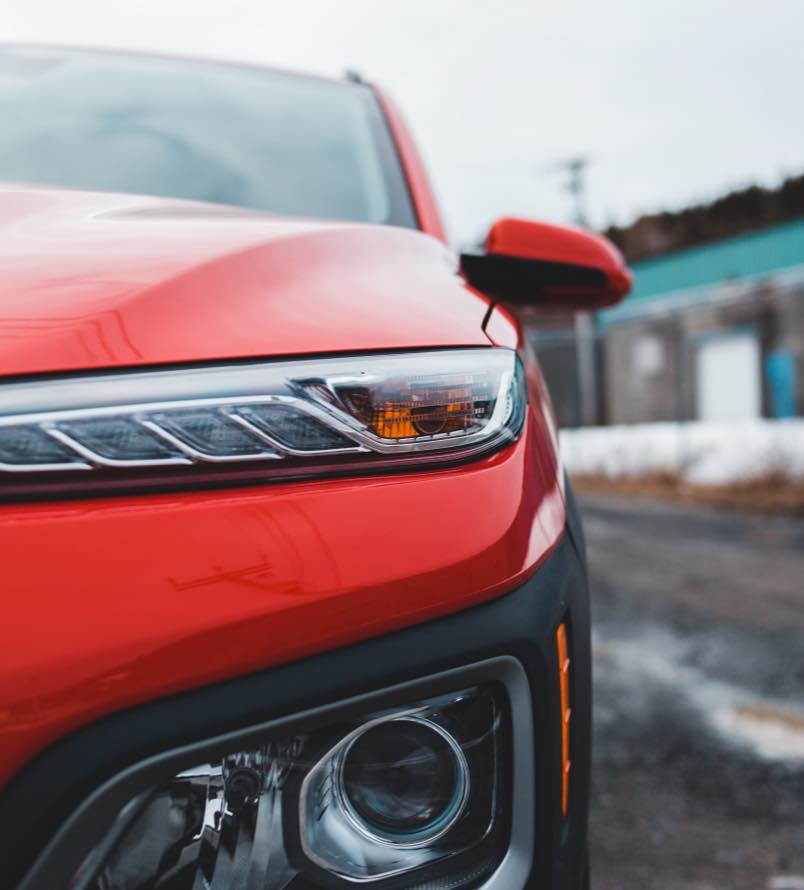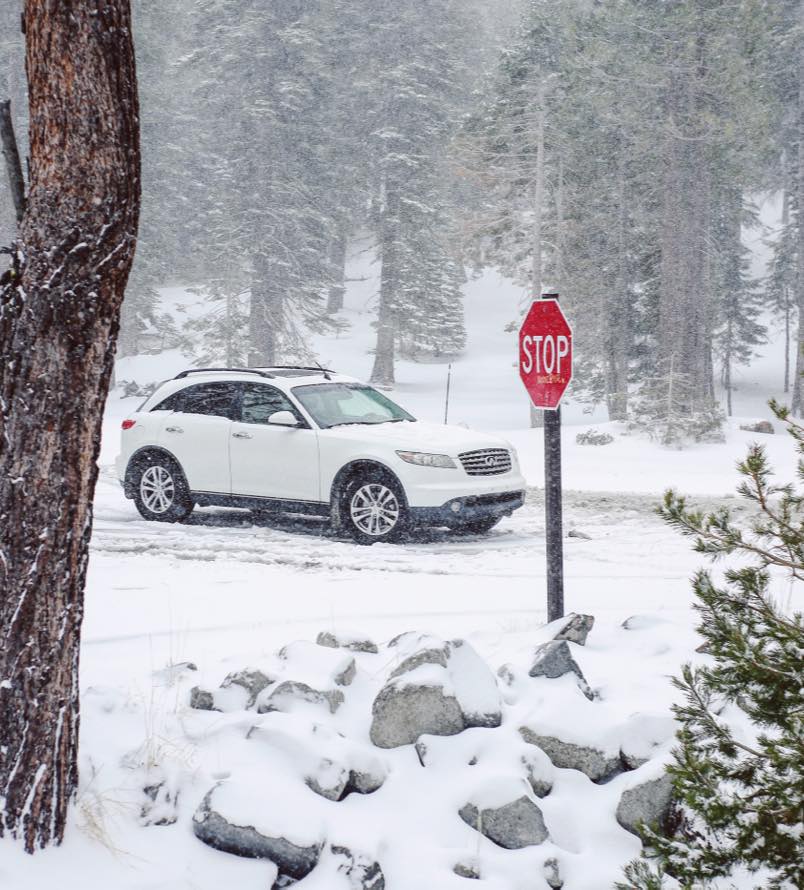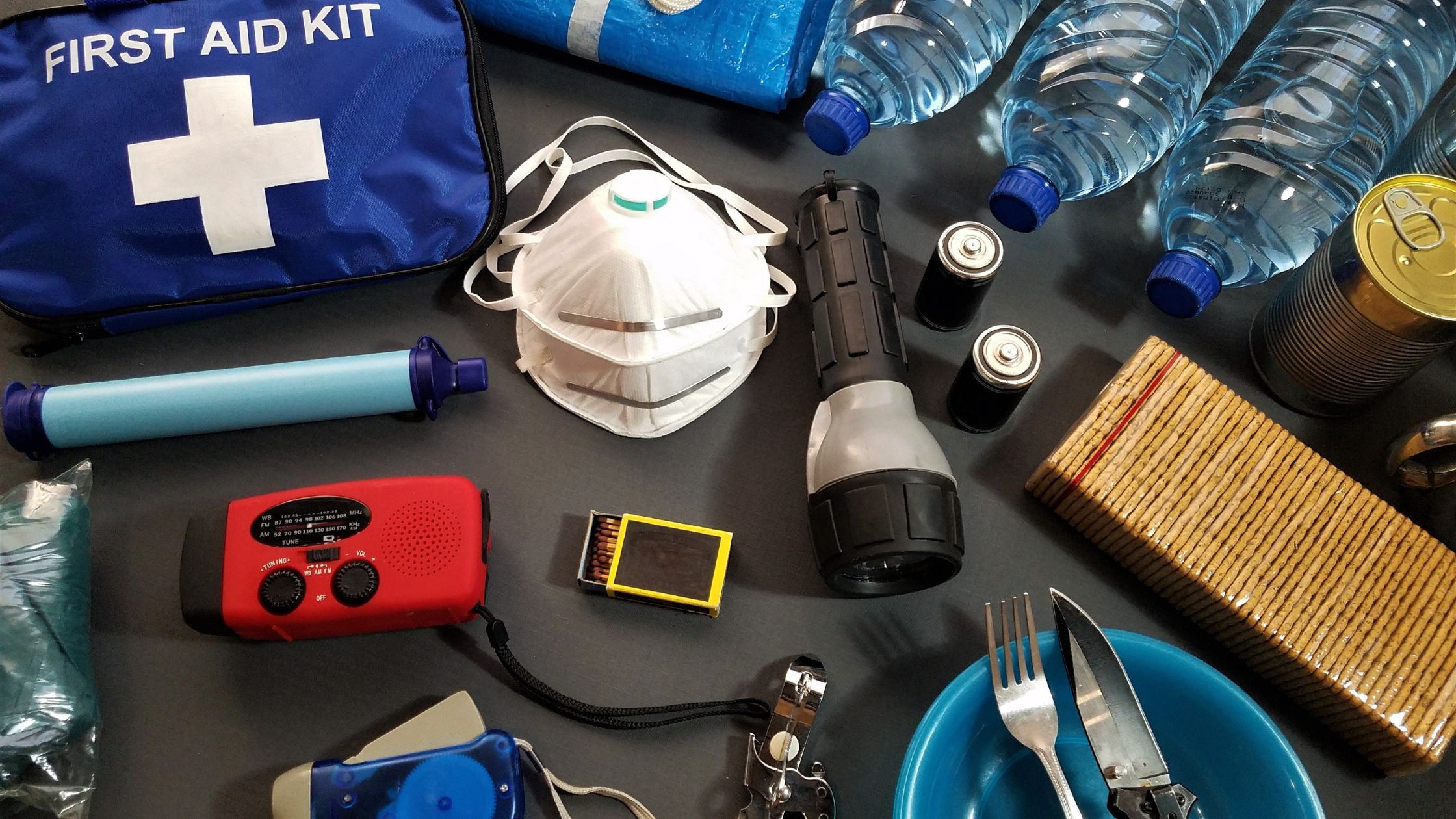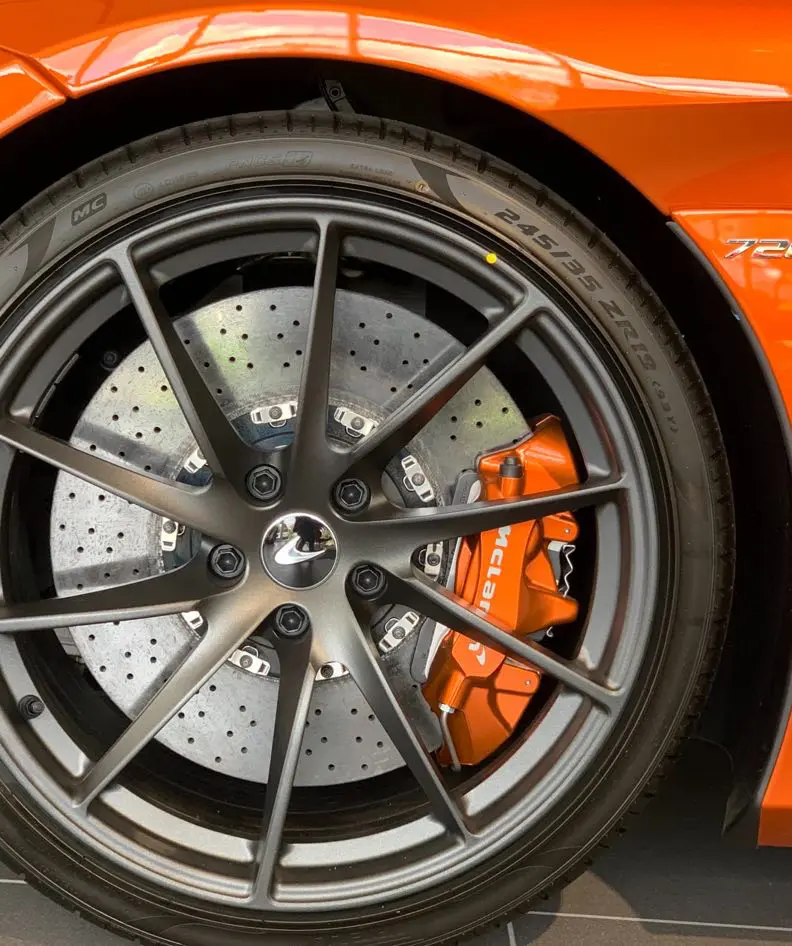Owning a car requires knowing how to maintain it properly. It’s crucial to be aware of potential issues and recognize when repairs are necessary. One essential component to monitor is the alternator. The alternator plays a vital role in your vehicle, converting mechanical energy into usable energy through a spinning pulley, which is then stored in the car’s battery. Stay vigilant about the condition of your alternator to ensure the smooth operation of your car.
The alternator is not resistant to water.
The alternator lacks water resistance, and if it becomes submerged, it requires inspection. Repairs are essential for the proper functioning of your car. If your ignition is on, you’ll notice a battery light on your dashboard, which may also illuminate while driving, indicating the need for attention. Additionally, car’s alternator issues can arise when certain plates in the car are not functioning correctly.
Giving the car the necessary care.
At times, you might observe dimming or complete outage of your headlights or dashboard lights when the car is idling. Interestingly, these lights tend to get brighter when the engine is turned on. If you’re experiencing this with your car, it could be indicative of a faulty car’s alternator. It’s important to determine whether it’s the alternator or a failing battery causing the issue. Regardless, giving your car the necessary attention is crucial for optimal performance. Ensuring your vehicle operates well not only benefits you in the present but also has long-term advantages.
Do more
Starting in the 1980s, car manufacturers transitioned from carburetors to a more sophisticated system known as electric fuel injectors. Consequently, vehicles are equipped with sensors that gauge the external ambient temperature. This setup enables the electric fuel injector to modify the air-fuel mixture to accommodate colder weather conditions. In general, an electric fuel injector adjusts by releasing more gasoline to create a fuel-rich air-fuel mixture, compensating for lower evaporation levels.
“Great service and honest mechanic I always come when I have an issue with my cars and always recommend this place to everybody.”
John Doe Tweet
Considering this, idling your car results in burning more fuel with minimal or no advantage. Your car’s engine is designed to function efficiently in cold temperatures without stalling. The sole purpose of idling your car is to warm up the cabin and defrost the windshield, a process that typically takes about 3 minutes.
Extended idling for 10 to 15 minutes prior to starting your journey contributes to increased pollution. As a significant amount of fuel exits the engine either unburned or partially burned, your car releases a substantial quantity of toxic fumes.


Many individuals consider idling cars during winter crucial.
Internal combustion engines operate by combining gasoline with air inside the engine’s cylinders. After compressing the air-fuel mixture, the spark plug ignites it, setting the pistons in motion. In earlier years, particularly before the 1980s, the mixing of fuel and air was managed by a carburetor. A limitation of the carburetor was its imprecise control over the fuel in the air-fuel mixture.
When is repair necessary?
While the mechanical components of the car’s alternator are sealed, prolonged exposure to water can lead to damage as the lubrication wears away. The brushes may suffer damage from electrical arcing and wear due to repeated water exposure. Detecting issues early is preferable. Keep an eye on your dashboard signals while driving; if the ignition is on, a battery light may appear, indicating the need for prompt attention. Similarly, malfunctioning plates in the car can contribute to battery failure.



